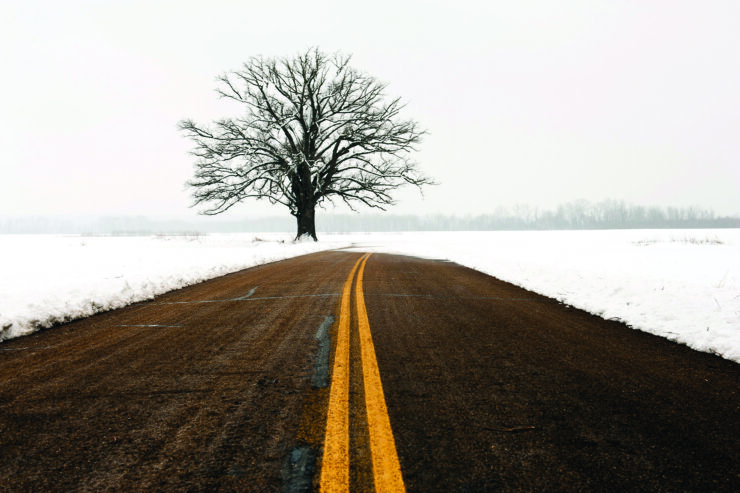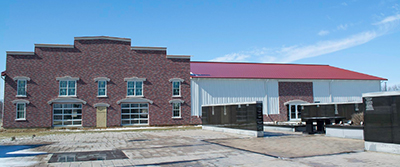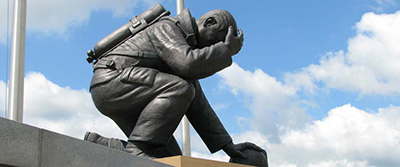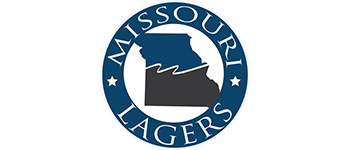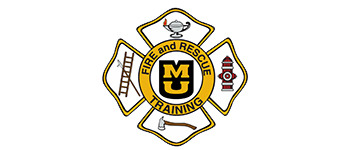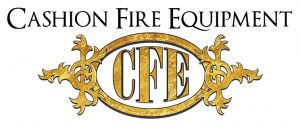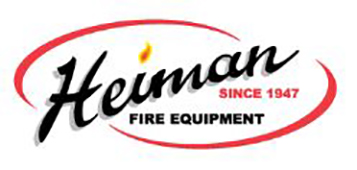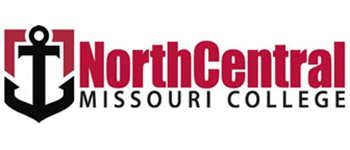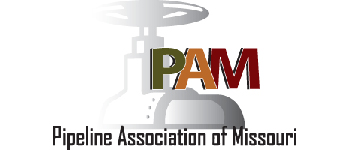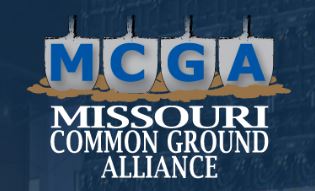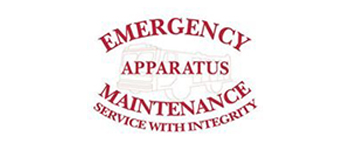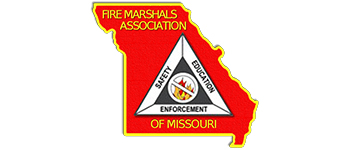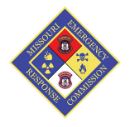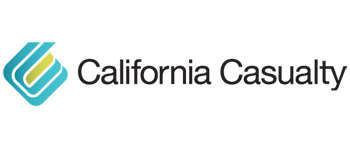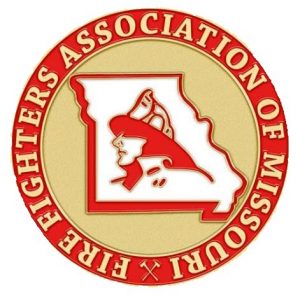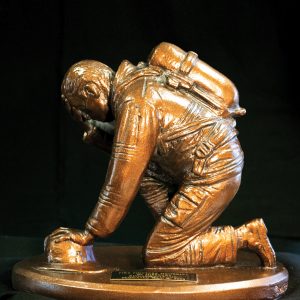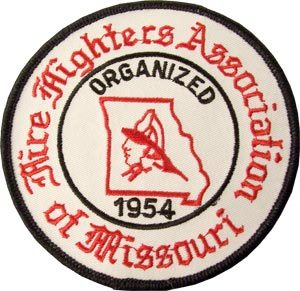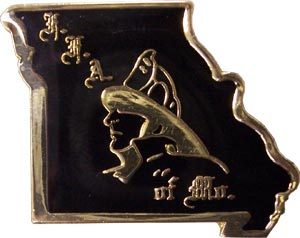Greetings Members
I hope everyone had a great Merry Christmas and a Happy New Year. As I have been writing my articles, I have spoken about things that are close to my heart and I have passion for. This article is no change as I will speak on rural fire-based EMS.
The fire service responds to various emergencies, including fires, motor vehicle accidents, emergency medical calls, and a multitude of technical rescue scenarios. Because of this, our personnel wear multiple hats at any given time, which allows them to mitigate each scenario as it presents itself. When we put on our fire-based EMS hat, the response can become even more diverse and complicated, particularly in rural departments.
Whether career, combination or a volunteer department, limited manpower and/or limited resources can be a large factor that affects fire-based EMS. Typically, urban/suburban departments have the financial capability to support increased manpower, whereas rural departments struggle because of a lack of funds. This issue simply boils down to population and tax revenue. Luckily, many rural fire departments have adjusted and overcome this obstacle with ingenuity and have found great success.
My home department is the Higginsville Fire Protection District which covers 100 square miles, including 8 miles of Interstate 70, and is the first response to medical calls for Higginsville EMS whenever they are out of units or on life-threatening calls and provide basic hazmat coverage for the district. I work or help two other rural fire-based agencies as well. The department I am going to showcase is the Wellington-Napoleon Fire Protection District.
The district covers 68 square miles, including the cities of Wellington and Napoleon. They service 2,000 people in the district and run about 300 calls a year. They cover mainly rural areas but are also known as the mutual aid department for the larger departments like Sni Valley Fire Protection which covers Bates City and Oak Grove and Fort Osage Fire Protection District. They cover Buckner, and several parts of Independence and the rural areas of Jackson County. They have two personnel on duty Monday through Friday from 7 am to 5 pm and rely on volunteers in the evenings and on weekends. This department relies on the two staff to handle all their fire and EMS calls during the day as staffing is always an issue.
Throughout my career, I’ve been blessed to network with an extraordinary group of firefighters from around the state. This has allowed me to get a good grasp of how other departments prioritize their fire-based EMS systems. I’ve found that although many departments operate fairly similar to what I’m used to, others don’t.
One major difference that I noted is that larger, city-based departments have dedicated, specialty units, which allow fewer hats to be worn at any given time. For example, a metropolitan department might dispatch medic units, a truck company, a heavy rescue unit, and more than likely, a battalion chief or supervisor to a motor vehicle accident response. The medic units focus on patient care, the truck and rescue units focus on extrication/hazmat, and the battalion chief/supervisor is free to assume command and potentially serve in a safety officer role. The rural reality is that a medic unit might or might not get an engine crew that has hydraulic tools on the road, let alone much other help. However, there are a handful of ways that rural fire-based EMS departments combat this problem.
Something that I’ve grown accustomed to is carrying hydraulic equipment in the ambulance. From time to time, we respond to a motor vehicle accident with entrapment as a lone medic unit without an engine on the road. If this happens to you, you should call for an engine backup from your department and call for mutual aid, but you also should go to work with the resources that you have at hand. Even a two-person ambulance can assume patient care and begin extrication by dividing and conquering the situation. This isn’t an ideal situation, but it allows for the job to get done. You’ll be ever so thankful for that engine crew’s arrival after you popped the door and the patient is ready to be moved to the ambulance. Many hands make light work, but few hands can get the job done as well.
Rescue companies are few and far between in the rural community. Specialty rescue teams are even more scarce. To combat these issues, we added other rescue equipment to our ambulance. Currently, we carry water/ice rescue equipment, which includes Mustang suits, flotation devices, a hefty quantity of throw bags and rope, and other miscellaneous tools. Carrying this equipment allows us to get an ambulance out of the door with the equipment that we need for a water/ice rescue. It allows the crew to again divide and conquer. As the driver focuses on getting safely to the scene, the other member(s) can focus on getting into their Mustang suit in the back of the rig. This way, once the rescue concludes, an ambulance already is there and waiting to transport the patient.
Regardless of department size or coverage area demographics, we all have the same job. Our ultimate goal is to mitigate the incident to the best of our abilities and return home safely to our loved ones at the end of our shift. Whether hands are plentiful or scarce on an incident scene, the job always will remain the same. Use what resources that you have available to you, but remember, at times, you might need to improvise.
If you have not heard the FFAM is 70 years old this year and we will be having special challenge coins available at Winter Fire School in February for purchase. Please stop by our booth to get one and also to say hi. If the FFAM can be of any assistance to you or your agency please reach out to me by email at grant_oetting@yahoo.com or call my cell at 660-229-3535. If I don’t answer please leave me a message and I will return your call. Until next time, stay safe my brothers and sisters.


